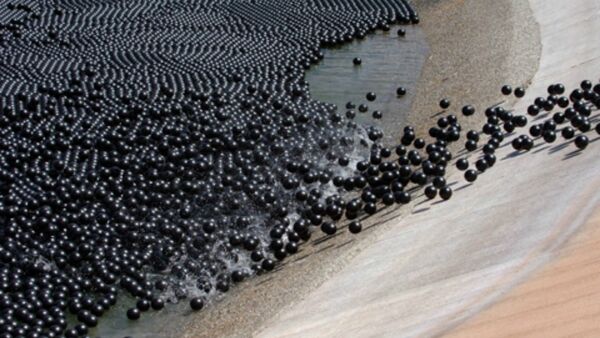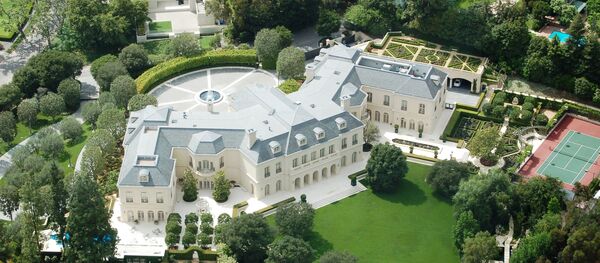They are designed to keep the water clear of dust and animals who might pollute the supply, hinder the growth of algae, prevent chemical reactions between the sunlight and chlorine, and reduce evaporation.
The balls are expected to stop nearly 300 million gallons of water from evaporating, which can provide a full year of drinking water for 8,100 people. They are also expected to cost $250 million less than the alternative: installing floating reservoir covers, which would have cost around $300 million.
Another perk is that the balls have very little upkeep; they simply need to be rotated once in a while.
While this isn’t the first reservoir that the Los Angeles Department of Water and Power has filled with balls, they are the first company to utilize this technology.
They are currently in use in four reservoirs, with the first having been filled in 2008.
"In the midst of California's historic drought, it takes bold ingenuity to maximize my goals for water conservation," Mayor Eric Garcetti said of the balls in a press release. "This effort by LADWP is emblematic of the kind of creative thinking we need to meet those challenges."
The last 20,000 balls were dumped in on Monday.




